Hunting
Topic with 4 items
|
Title
|
Images
|
Item Comment
|
Prefix
|
Number
|
In set
|
Set
|
Set Comment
|
Type
|
Artist
|
Author
|
Size
|
Topics
|
Set Covers
|
Reference
| |
|---|---|---|---|---|---|---|---|---|---|---|---|---|---|---|---|
| 1 |


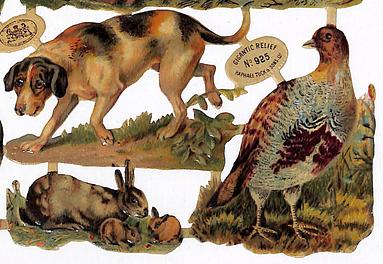
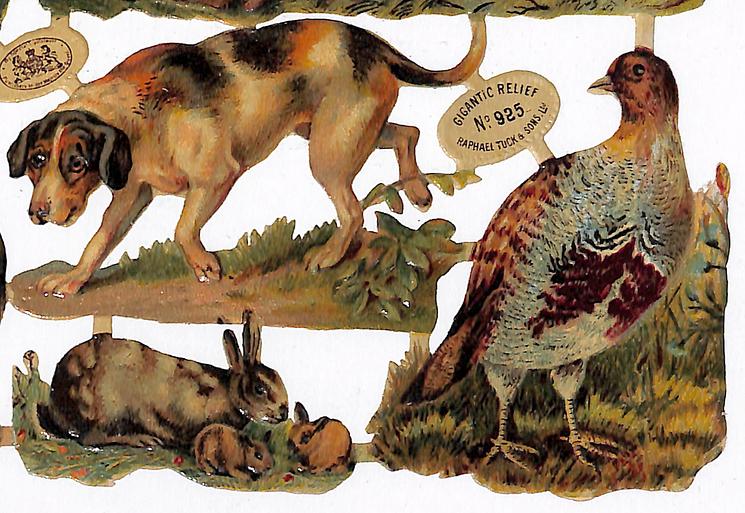
|
PRINTED IN GERMANY
|
|
925
|
|
PICTURE MAKER box image courtesy of Malcolm Warrington
|
|
|
34 x 24 cm complete sheet
|
|
| ||||
| 2 |
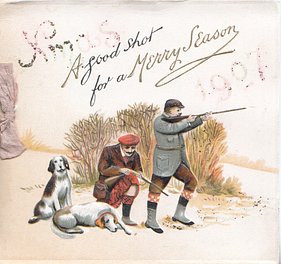
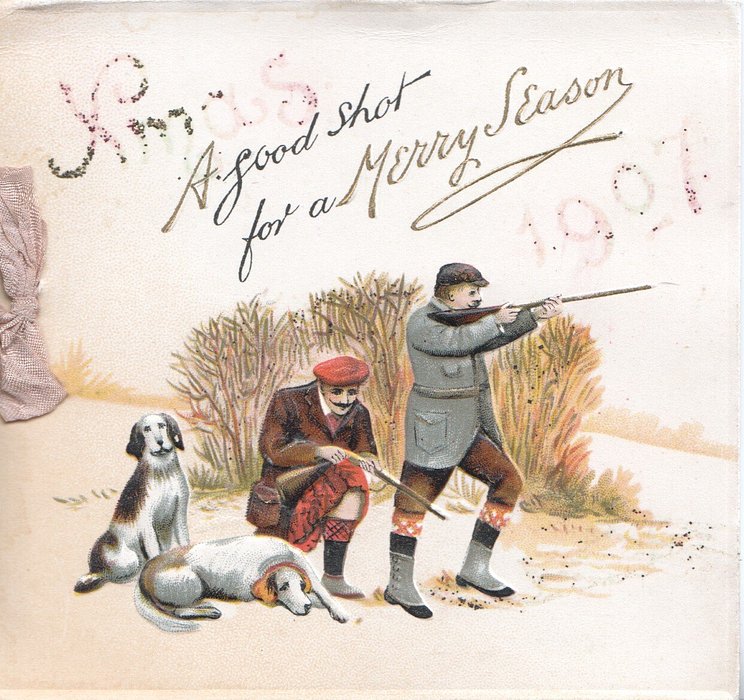
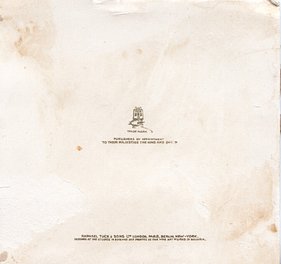
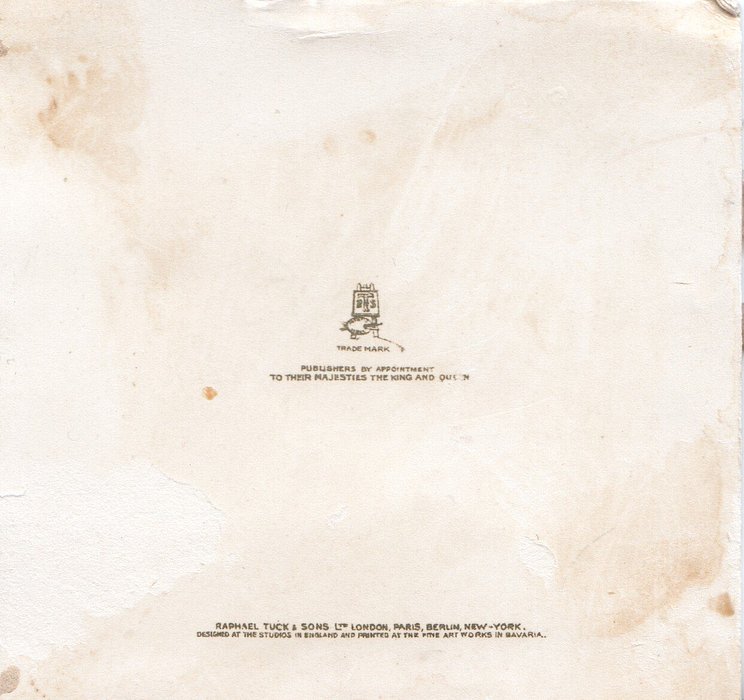
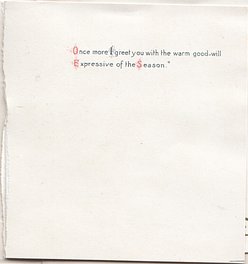

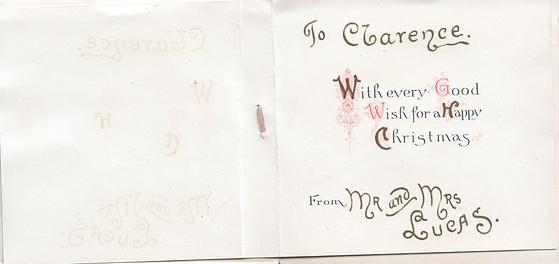

|
oblong cover & sheet secured by ribbon, glittered, embossed inside first right:- "ONCE MORE I GREET YOU WITH THE WARM GOOD-WILL EXPRESSIVE OF THE SEASON" second:- WITH EVERY GOOD WISH FOR A HAPPY CHRISTMAS FROM
|
|
|
KED&KGV Bavaria
|
logo over RAPHAEL TUCK & SONS LTD -- PUBLISHERS BY APPOINTMENT TO THEIR MAJESTIES THE KING AND QUEEN RAPHAEL TUCK & SONS LTD -- LONDON, PARIS, NEW YORK , with or w/o BERLIN, -- DESIGNED AT THE STUDIOS IN ENGLAND AND PRINTED AT THE FINE ART WORKS IN BAVARIA
|
|
|
10.7 x 10 cm.
|
|
| ||||
| 3 |
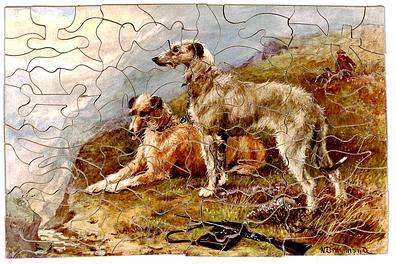

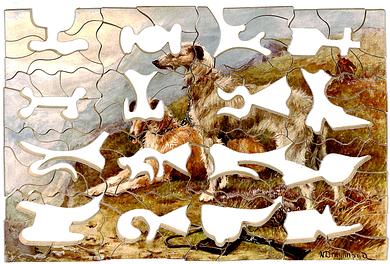
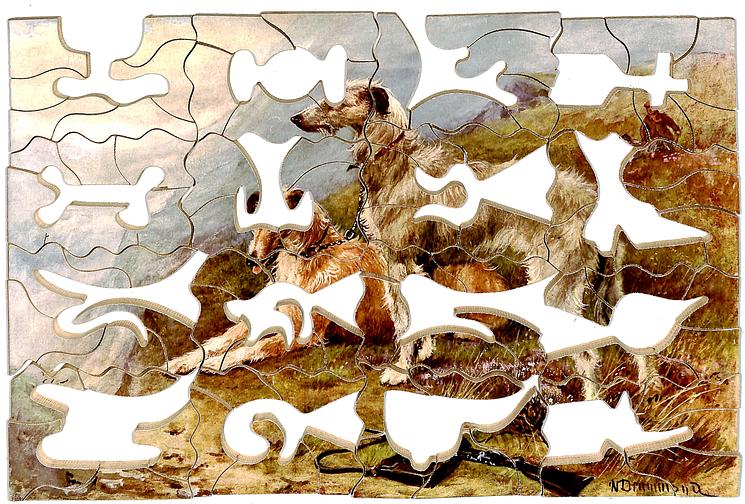

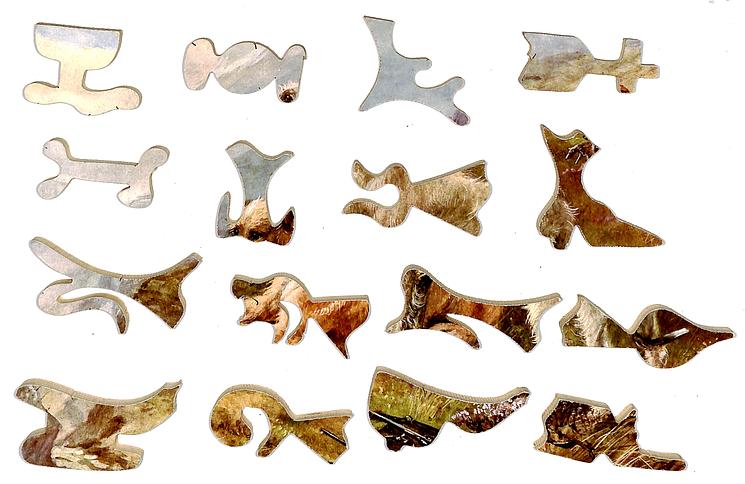


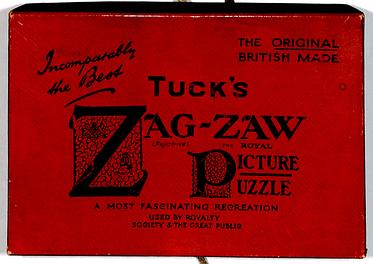


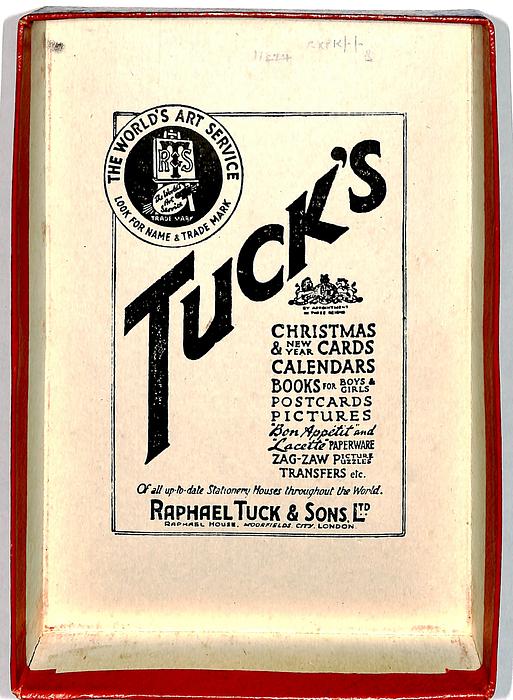
|
about 100 pieces, wooden, figurals, complete with box, push fit style
|
|
|
|
Zag-Zaw line of puzzles was first produced in 1909, most incorporate figurals or whimsies, sold in red, orange, or occasionally green boxes with labels on the side or bottom of the box, most without guide pictures. Initially cut non-interlocking but by 1930's became more so. Puzzles have a different cuts so that the same image will come in several versions which means that missing pieces can not be taken from other puzzles with the same image. The puzzle labels are often hand written and come with minor variations in titles and details. Some have a DESIGN category on the label. From my readings this refers to the style of cut, wavy lines, figurals, etc. See also Bob Armstrong's website on old jigsaw puzzles
|
N. DRUMMOND
|
|
10 3/4 x 7 in.
|
|
| ||||
| 4 |
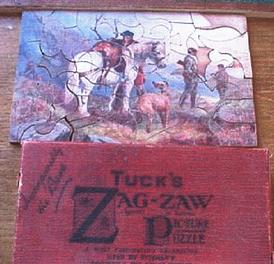

|
about 60 pieces, wooden, figurals, one piece missing, with box
|
|
|
|
Zag-Zaw line of puzzles was first produced in 1909, most incorporate figurals or whimsies, sold in red, orange, or occasionally green boxes with labels on the side or bottom of the box, most without guide pictures. Initially cut non-interlocking but by 1930's became more so. Puzzles have a different cuts so that the same image will come in several versions which means that missing pieces can not be taken from other puzzles with the same image. The puzzle labels are often hand written and come with minor variations in titles and details. Some have a DESIGN catergory on the label. From my readings this refers to the style of cut, wavy lines, figurals, etc. See also Bob Armstrong's website on old jigsaw puzzles
|
|
|
|
|
|